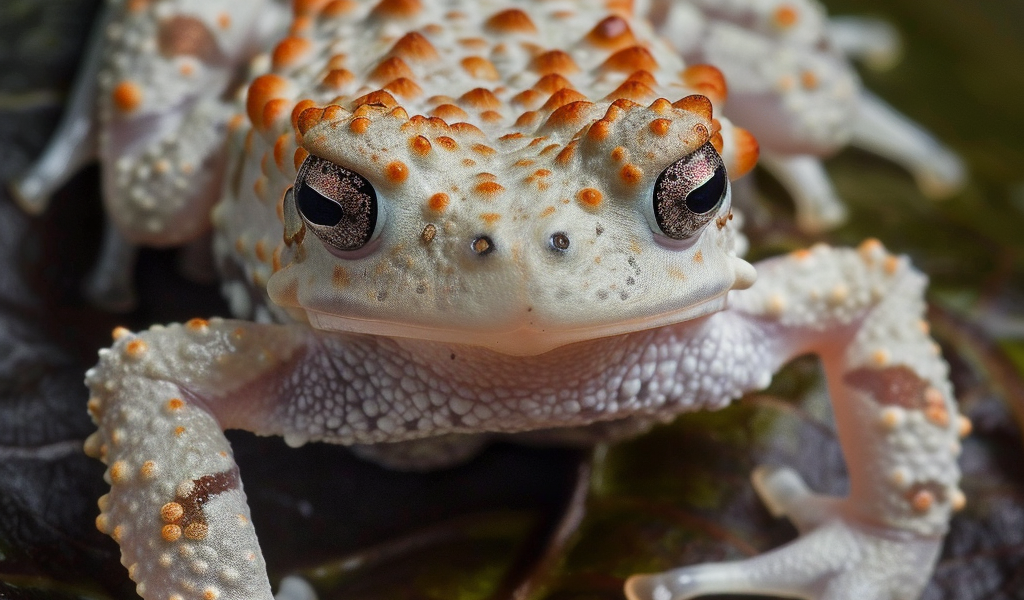A recent study conducted by a team of biologists at Universidade Estadual de Santa Cruz in Brazil has confirmed that the Brazilian flea toad, scientifically known as Brachycephalus pulex, is not only the world’s smallest amphibian but also the world’s smallest vertebrate. This tiny frog, discovered in 2011, is found exclusively in southern Brazil, inhabiting only a few hills in the Bahia region.
During the study, researchers revisited the original discovery site and captured several specimens for measurement and assessment of maturity. By examining the gonads and vocal slits, they ensured that the measured frogs were adults. The average body length of male specimens was slightly over 7 millimeters, while females were, on average, 1 millimeter longer. The smallest specimen found measured just 6.45 millimeters, approximately 30% smaller than the previously known smallest frog.
While this finding represents the smallest observed vertebrate, researchers believe there may be even smaller creatures yet to be discovered and studied. However, they also suggest that there are likely limits to the size of these tiny frogs, as their unique characteristics, such as fewer toes and underdeveloped ears, indicate potential survival challenges for even smaller amphibians.
The study, published in the journal Zoologica Scripta, sheds light on the remarkable discovery of the world’s tiniest vertebrate, opening up possibilities for further exploration in the field of amphibian research.





